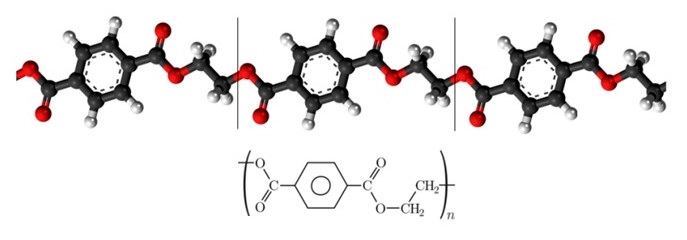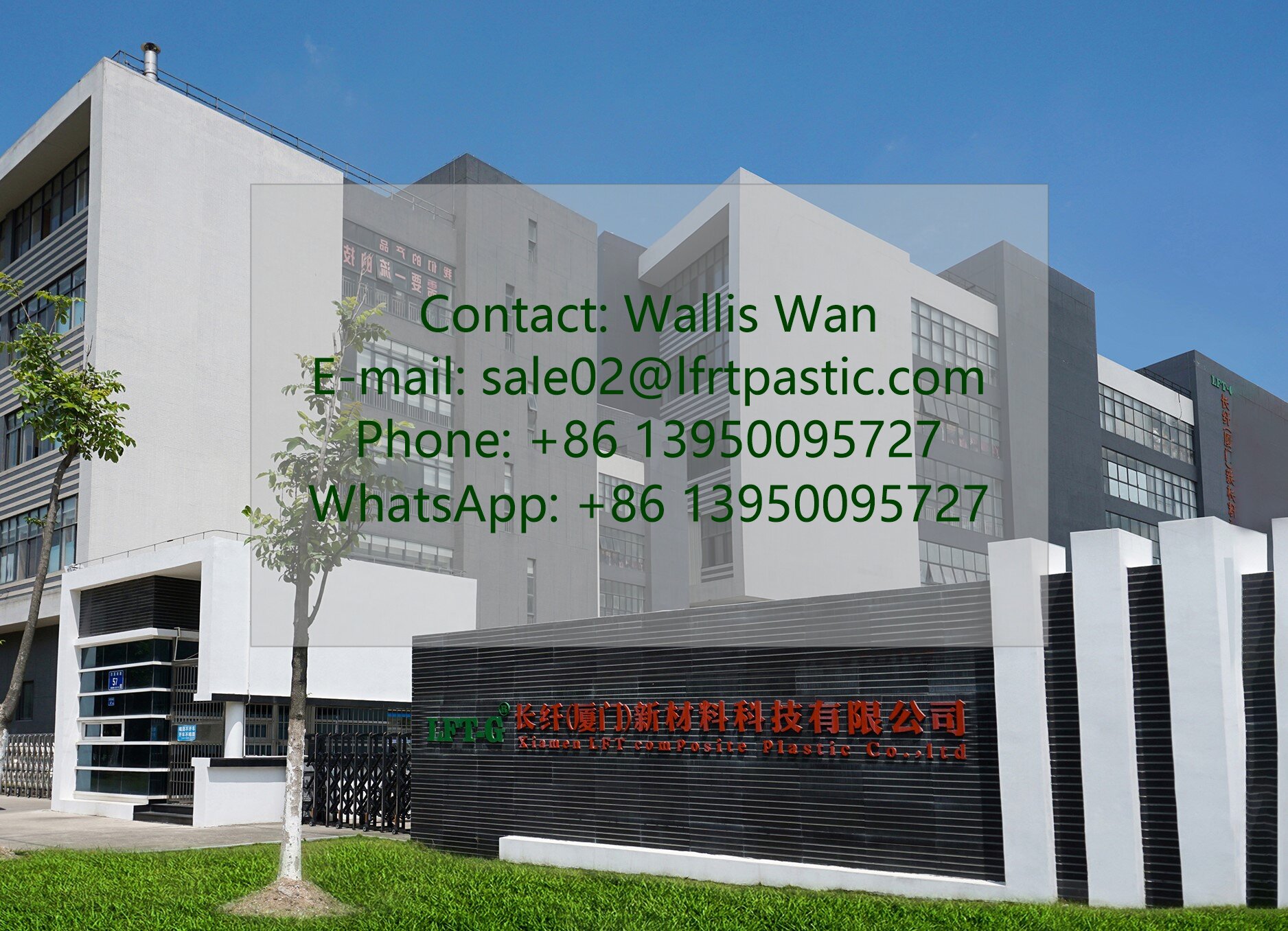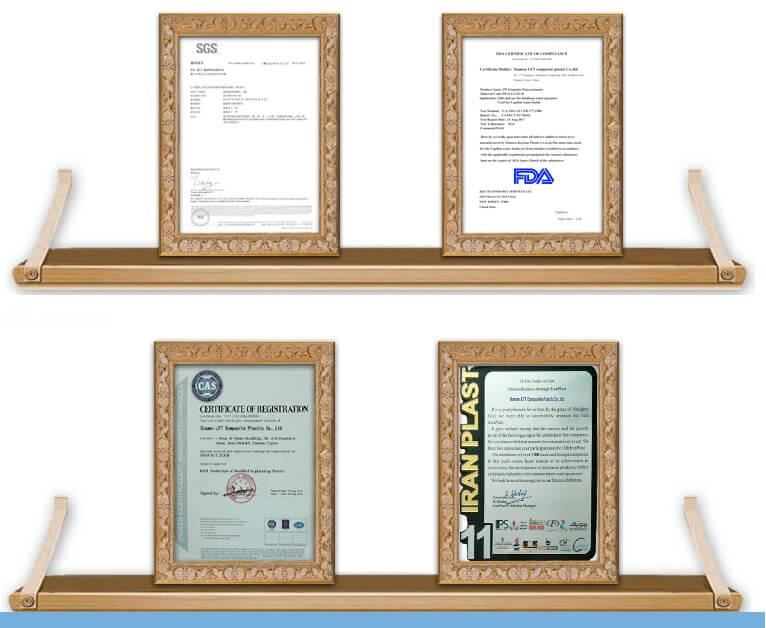new blog
Polyethylene terephthalate (PET) belongs to the polyester family. It is semi-crystalline when stable. It is recyclable and is resistant to impact, moisture, alcohol and solvents.
It is one of the plastics that is an important part of everyday life. The polymer is used in the packaging, fabric and textile industries. It is also used in films to mold parts for automobiles, electronics and more.
What is polyethylene terephthalate (PET)?
Polyethylene terephthalate (PET or PETE) is a general purpose linear semi-crystalline thermoplastic polymer. It belongs to the family of polymer polyesters. These resins are known for their excellent combination of properties. These properties include mechanical, thermal, and chemical resistance as well as dimensional stability. Its chemical formula is C 10 H 8 O 4 ) n .

How is polyethylene terephthalate (PET) made?
Polyethylene terephthalate is an aliphatic polyester. It is obtained by a polycondensation reaction of monomers obtained by either
* Esterification reaction between terephthalic acid and ethylene glycol, or
*Transesterification reaction between ethylene glycol and dimethyl terephthalate
This reaction produces PET in the form of a molten viscous substance, which can be spun directly into fibers or extruded or molded into almost any shape. Chemically, polyethylene terephthalate is very similar to polybutylene terephthalate.
What properties contribute to PET selection?
Polyethylene terephthalate is a highly flexible, colorless, semi-crystalline resin in its natural state. Depending on how it is processed, it can be semi-rigid to rigid. It has good dimensional stability, impact resistance, moisture resistance, alcohol resistance and solvent resistance.
Key features:
*Higher strength, heat deflection temperature (HDT) and stiffness than PBT
*Very strong and lightweight, making transportation easy and efficient
*Good barrier to gases (oxygen, carbon dioxide) and moisture
*Excellent electrical insulation properties
*Wide operating temperature range, -60 to 130°C
*Low permeability to gases, especially carbon dioxide
*Transparent application for hardening during processing
*It will not crack or break. It is virtually shatterproof, making it a suitable glass replacement in some applications.
*It is recyclable and transparent to microwave radiation.
*It is approved by the FDA, Department of Health, Food Safety Authority and other health agencies as safe for contact with food and beverages.
*It has excellent resistance to alcohols, aliphatic hydrocarbons, oils, greases and dilute acids.
*Moderate resistance to dilute bases, aromatic hydrocarbons and halogenated hydrocarbons
*PET's glass transition temperature varies depending on the degree of crystallinity. Its Tg is 65-80°C. Its melting temperature is 240-270°C. Amorphous PET has a Tg of 65°C. Tg increases with crystallinity. Crystallization occurs at a maximum rate of 178°C: a temperature range of 10°C above its Tg and 10°C below its melting temperature. it typically reaches 40-50% crystallinity. It can also be polymerized into copolymers that do not crystallize.
Attributes:
*Glass fiber reinforced
What are the limitations of polyethylene terephthalate (PET)?
PET has greatly enriched our daily lives, but the polymer still has some drawbacks.
The crystalline form of PET has:
* Lower impact strength
*Lower moldability
These properties are lower due to its slower crystallization rate compared to PBT.
In addition, amorphous PET is susceptible to boiling water, alkalis and strong bases. At high temperatures (>60°C), it is susceptible to ketones, aromatic and chlorinated hydrocarbons as well as dilute acids and bases.
Many plastic parts are molded from crystalline PET polyester, allowing PET to handle the
*Corrosive chemical environments and
*Elevated temperatures
In addition, crystallized PET sometimes requires additives such as nucleating agents and solid particles of fillers and reinforcements. This allows it to be used in applications other than packaging.
How is polyethylene terephthalate (PET) processed?
Injection Molding
PET injection molding is one of the very important technologies for plastics processing. As it is a hygroscopic material, it must be dried to a moisture content of 0.05% or less. This makes it possible to manufacture non-crystalline transparent preforms.
If the moisture content is too high, the PET molecular chains thermally decompose. This reduces the physical and mechanical properties as well as the crystallization rate. This thereby affects the quality of the product.
This polyester is a heat-sensitive material with a narrow molding temperature. In this process, if the temperature is:
* Too low - not favorable for making plastic parts. Dents and missing material defects may occur.
*Too high - may result in spillage, nozzle drooling and color deepening. It can also reduce mechanical strength and lead to degradation.
Barrel temperature (non-reinforced grade): 240 to 280°C
Glass fiber reinforced PET barrel temperature: 250~290°C
Nozzle temperature: should not exceed 300°C
Melt temperature: 280-310°C
Mold temperature: 140-160°C to obtain crystalline PET (for technical applications)
Recommended screw L/D ratio 18-22
For transparent applications, the mold temperature should be between 10 and 50°C
Which type of polyester fiber to choose?
Polyethylene terephthalate (PET) and polybutylene terephthalate (PBT) both belong to the polyester family. The use of alcohols to create ester groups makes these polymers unique.
Chemically, PBT differs only slightly from PET. pBT has a higher crystallization rate and a lower melting point. pet can be semi-crystalline or amorphous. It is not possible to produce amorphous PBT parts under normal processing conditions.PBT crystallizes faster than PET and remains crystalline. With PET, the time it takes to cool the polymer determines its amorphous and crystalline behavior.
PET has the following characteristics compared to PBT:
* higher strength and stiffness.
* less flexible tougher, and
*Lower chemical resistance.
So if you need to make plastic parts with better stiffness, toughness, and clarity at room temperature or slightly elevated temperatures (~50°C), PET is the material to choose over PBT.
What happens when PET is mixed with other polymers?
PET modified with polyolefins is usually glass fiber reinforced. They are used for injection molding automotive and industrial applications.
The application of PET/PC blends requires a combination of properties such as:
* excellent toughness, chemical resistance and heat resistance
*and high impact, tensile and flexural strengths.
The main objective of developing these blends is to improve the cost effectiveness, mechanical strength, flame retardancy, toughness, processability etc.
Xiamen LFT composite plastic Co., Ltd.

Xiamen LFT Composite Plastic Co.,LTD was established in 2009, is a brand-name global suppliers of long fiber reinforced thermoplastic materials integrating product research & development(R&D), production and sale marketing. Our LFT products have passed the ISO9001&16949 system certification and have obtained lots of national trademarks and patents, covering the fields of automotive, military parts and firearms, aerospace, new energy, medical equipment, power wind energy, sports equipment, etc.
